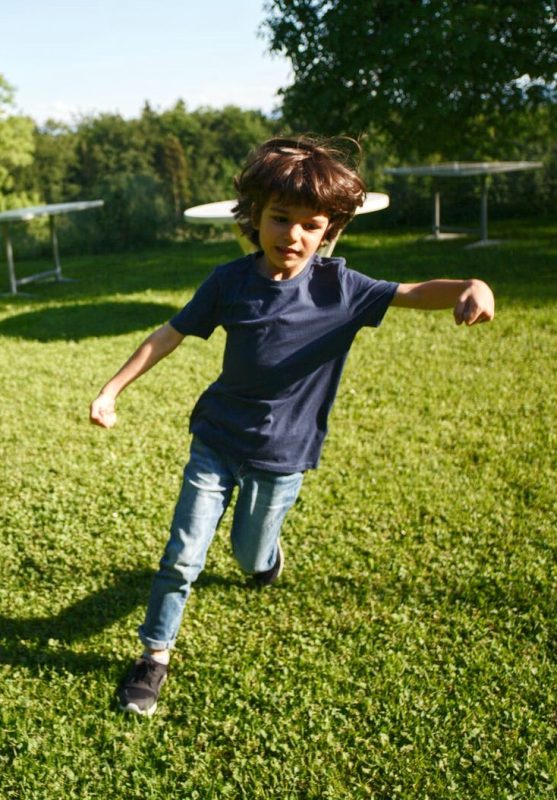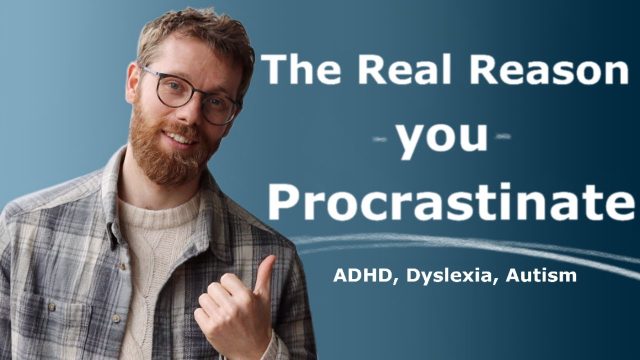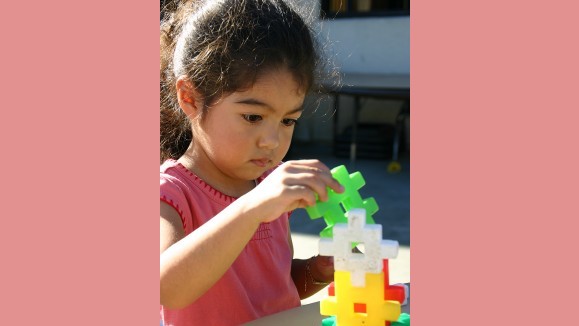Talk Positively!
I was recently asked whether it is possible to work with a child who has both a diagnosis of ODD (“oppositional defiant disorder”) and ADHD (attention deficit disorder). Here is what I have shared, based on my experience at a family outing including a young boy who fit that profile.
In my observations of my cousin’s grandson, I saw no ODD behaviour if the child was told what to do, rather than what not to do. His grandfather said to him when he dropped a life jacket on the ground, “Does that lifejacket belong there?” The child answered, “No.”
He asked the child, “Where did you get it from?” The child paused, thought a little, and said, “From the back of the camper.” So he was told, “Put it back where you found it.” The boy immediately complied.
Later, when I explained to the child that his next turn to ride the sea biscuit ski tube would come after the person he had followed for his first turn (who he named), he could wait patiently for his turn. He could even picture who had the turn before that child so he knew when to start to get ready.
Here’s a simple exercise to understand why:
Picture these commands:

- Don’t run
- Don’t drink and drive
- Don’t smoke
- Never shake a baby
These advertising campaigns will fail because the first picture a person gets is the action the campaign is trying to dissuade.
Picture these commands:

- Just walk
- Always drive sober
- Only put stuff in your body that is good for it
- Always treat a baby gently
These words create pictures of the actions we do want people to take.
This is what I call talking positively. Tell the person what you do want them to do, not what you don’t, because they can’t picture ‘don’t’ and in their ADHD impulsiveness they will implement the first picture.
It can be hard to change your talk to avoid the word “don’t” or similar negative words. When my kids were young, I started by saying “Stop!” when they were doing something dangerous or that I didn’t want, and this gave me the time to re-phrase my thoughts to convey a positive action.









